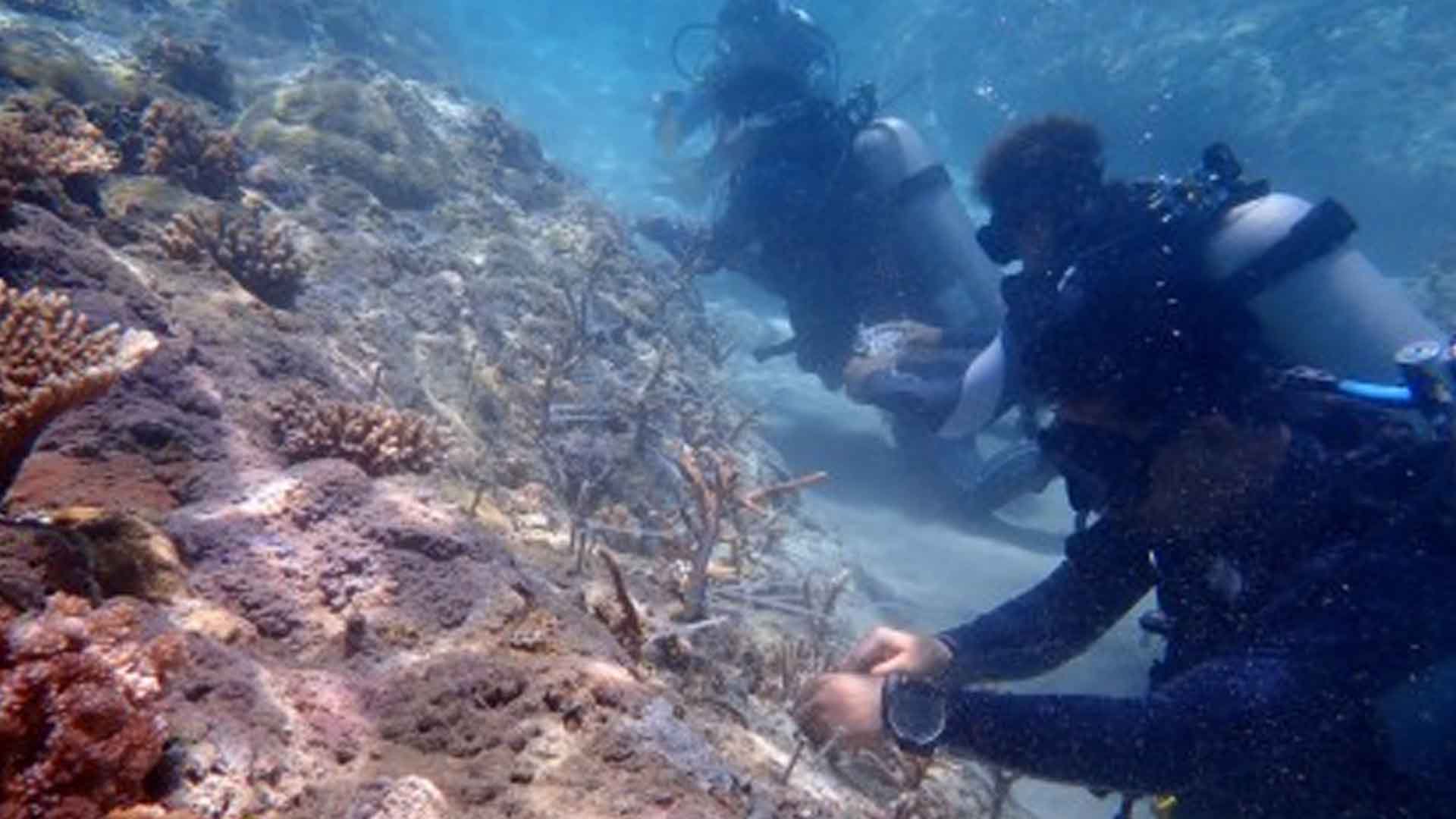Efforts to conserve and protect the critical coral reefs off Sarangani Bay has received a major boost as the area’s coral ecosystem is now considered “healthy and improving.”
Rolando Tuballes, head of the Sarangani Provincial Environment and Natural Resources Office (PENRO), said Tuesday their assessment showed the bay’s coral cover and reef condition is “generally good” and showed huge improvement in the last decade.
He attributed the accomplishment to the continuing expanded rehabilitation program implemented by local government units, concerned agencies, and local stakeholders.
“Our coral ecosystem is in good condition and healthy. Proof of that is the thriving marine life in the bay,” he said in a statement.
Tuballes said this can be seen in coral reefs situated near the province’s coastal municipalities that had been declared as marine protected areas (MPA).
These are the reefs in barangay Kawas in Alabel town; Lot and Pananggalon in Poblacion, Malapatan; Colon and Kamanga in Maasim; Glan Padidu marine sanctuary in Glan; and Tuka in Kiamba.
The Tuka Reef, which is part of Tuka Marine Park in Kiamba, is the first and successful coral transplantation area in Sarangani.
In 2013, the Mindanao State University here conducted the first of a series of coral transplantation activities at the site through support from the Department of Science and Technology.
The provincial government, through the PENRO, has sustained the initiative since 2018. Last month, personnel from the PENRO and the Municipal Environment and Natural Resources Office conducted another round of coral transplantation in Tuka.
Michelle Polistico, PENRO environmental management specialist, said they were able to transplant around 1,400 loose fragments of branching corals during the two-week activity.
She said they collected the coral fragments that were severed due to human activities as well as from the impact of strong waves and transplanted them.
“The fragments may still grow and develop into new colonies,” she said.
Tuballes said they are currently working with the Protected Area Management Board, Department of Environment and Natural Resources, other local government units and stakeholders to further expand the coral conservation and protection programs.
He said they are also pushing for the declaration of more coral reef sites into MPAs.
The move is to ensure the protection of coral ecosystems that are still in good condition and eventually allow them to improve further, he said.
Tuballes said they have also intensified the law enforcement activities as well as information and education campaigns about the need to protect the corals in local communities.
“The best way to conserve and protect our coral ecosystem is to leave them alone and regulate human activities,” he added. (PNA)







